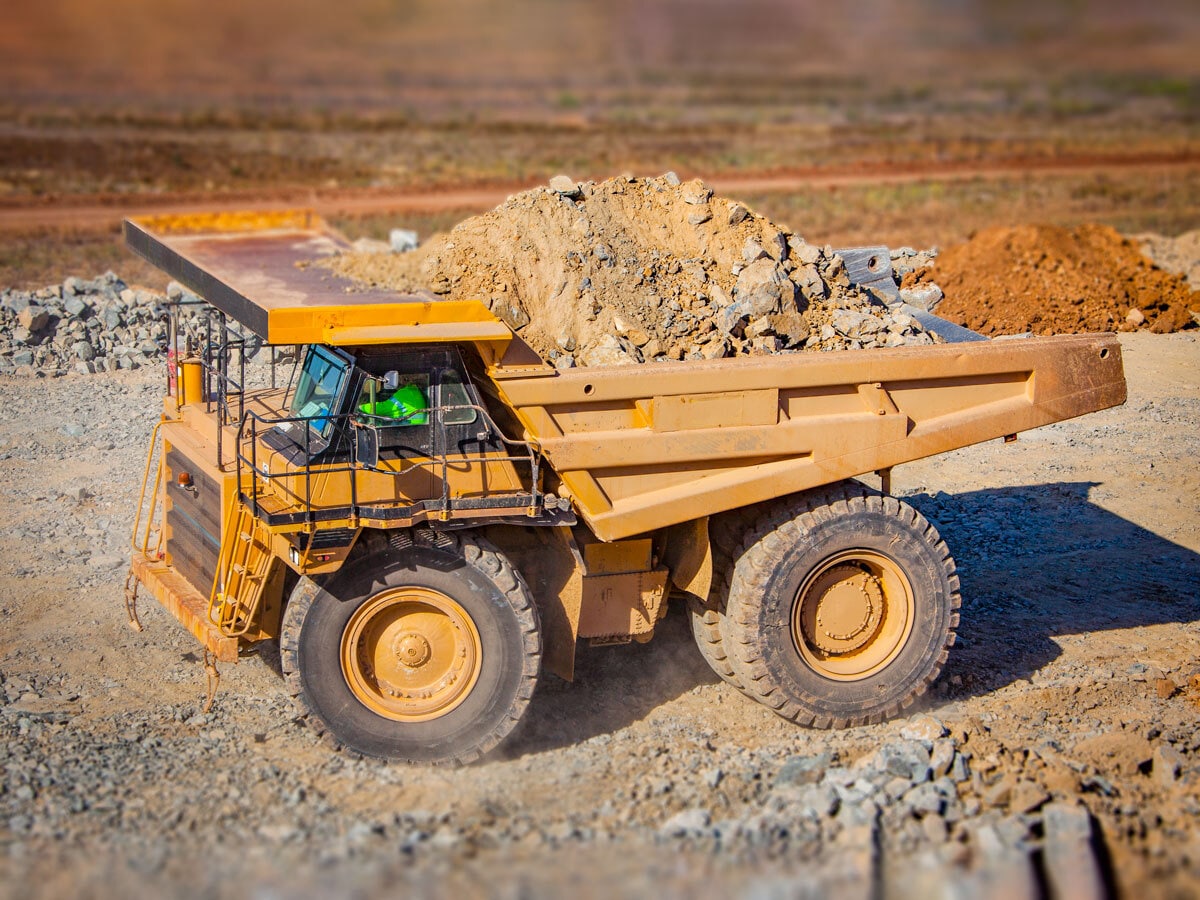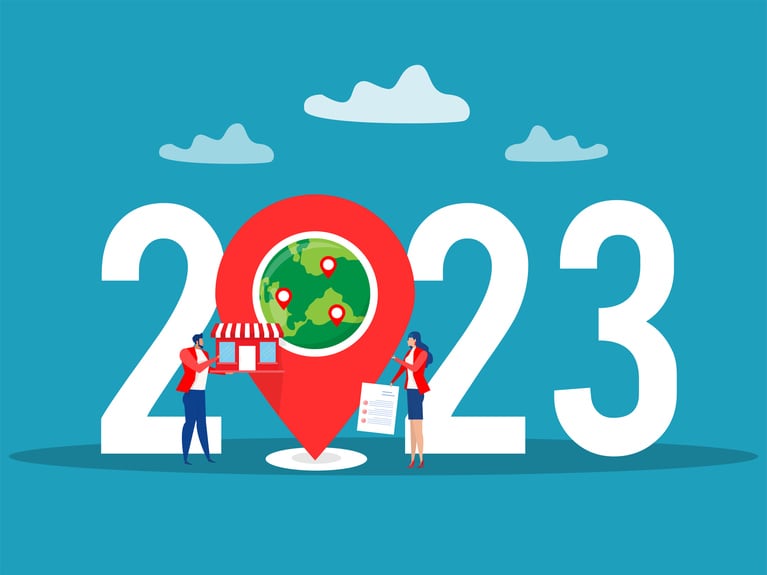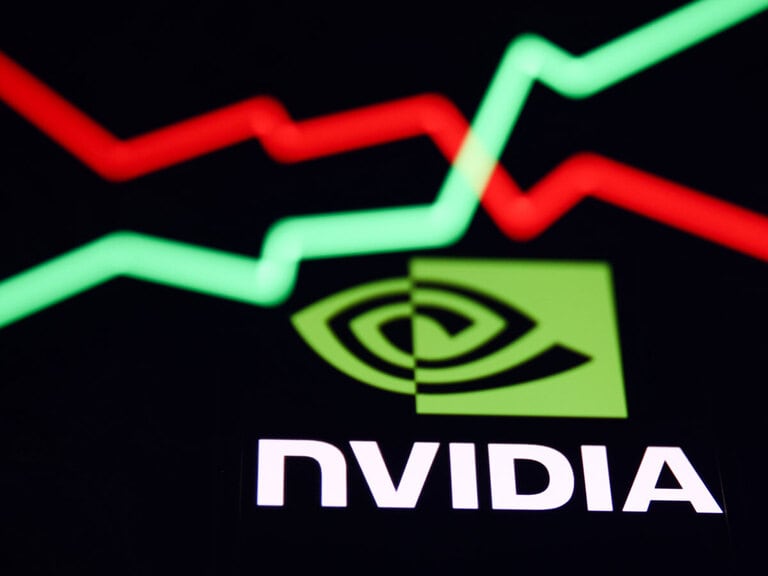- Australia’s share of global lithium refining could grow to 10% by 2024 and 20% by 2028.
- According to McKinsey, the country can help meet US market needs by delivering lithium hydroxide at a cheaper cost than Canada and Chile.
- 4,000 new jobs will need to be created by 2030 to ensure refinery plants are in full operation.
As demand for electric vehicles (EVs) and clean energy technologies continues to soar, so too does the need for battery-grade lithium hydroxide — a processed form of the metal.
Australia is poised to be a major beneficiary of the transition. The country mined approximately 53% of the world’s lithium last year but shipped almost all of it in its raw form — known as spodumene — to China in order to be refined. Total exports of lithium could earn as much in sales as thermal coal within five years, according to official data from Australia's Department of Industry, Science and Resources. Export earnings are expected to be worth A$18.6bn by the end of 2022–2023, up from A$5.3bn in 2021–2022. Although they’re then expected to decline to A$11.8bn in 2024–2025, they are expected to jump to A$19.0bn by 2027–2028.
At the same time, the Australian government has predicted that there will be an acceleration in domestic lithium refining in order to keep pace with the need for critical battery metals. The country could potentially have a 10% share of global lithium hydroxide refining capacity by 2024, potentially rising to 20% by 2028.
Hitting this target won’t be without its risk, however, warned the government in its quarterly lithium report, published in June last year.
“Delays to approval and construction of new mine and processing plants, as well as difficulties achieving ramp up to full output, would see slower growth in spodumene output volumes and export values,” it stated.
Lithium’s major miners
A number of Australian Securities Exchange (ASX)-listed players are already making moves with regard to lithium refining.
Liontown Resources [LTR.AX] is actively exploring integrating a refinery at its Kathleen Valley mining project. Earlier this year, the Australian miner rejected a A$5.5bn takeover offer from Albemarle [ALB], the world’s top lithium producer.
In February, the conglomerate Wesfarmers [WES.AX] announced that output at its Mount Holland lithium hydroxide project had been pushed back six months to the first half of 2025, citing labour shortages and refining engineering delays. The project is a joint venture (JV) with Chilean mining giant SQM [SQM].
One of the country’s largest lithium miners, Pilbara Minerals [PLS.AX] approved a A$560m expansion of its lithium processing plant in May. The Pilgangoora project will increase its spodumene concentrate production by approximately 47%. Pilbara is hoping to receive a final investment decision on its JV with Calix [CXL.XA] by the end of July.
Government offers strategic support
In June, the Australian government published its much-anticipated Critical Minerals Strategy in which it set out a target of securing A$500m to support the energy transition.
“We must look to grow our downstream capabilities in areas of competitive advantage by enabling more processing and refining of minerals onshore in Australia, and realise the benefits derived from value-adding to our resources,” stated the country’s minister for resources, Madeleine King, in the strategy’s foreword.
It was pointed out in the strategy that by refining lithium and producing lithium hydroxide — rather than shipping spodumene to China — Australia will likely give its exports a major boost.
Growing industry will attract foreign interest
However, as Australia's lithium refining industry goes from strength to strength, it’s likely to attract the interest of more foreign companies and investors looking to take significant stakes in Australia’s rare earths and minerals industries. US chemicals giant Albemarle said in May that it was doubling its production at its Kemerton refinery. More moves like this could potentially harm the country’s long-term strategic and energy security and impact Australian lithium companies’ ability to secure supplies.
According to King, any investment from China, in particular, will need to be considered carefully
“We’re competing with China here. We also want to be a producer of lithium hydroxide. It’s only natural that we would want to advance our ambitions in that space,” she told Bloomberg last month.
Australia’s strong position
If Australia is to shake off its dependence on China, then doing business with other countries would be key, particularly with the USA.
Under the US Inflation Reduction Act, as of this year, 40% of an EV battery’s minerals will need to be sourced domestically or from countries the US has a free trade agreement (FTA) with, of which Australia is one. This is set to rise to 80% by 2027.
The country is “well placed to meet US market needs”, because it can deliver lithium hydroxide at a cheaper cost than other FTA countries, such as Canada and Chile — the cost in the former is approximately 58% higher per tonne of lithium carbonate — according to a McKinsey & Company report published in June.
Refining large quantities of lithium won’t be straightforward, though. For Australia to be in a position to convert all of its spodumene into lithium hydroxide, the lithium industry will have to create 4,000 new jobs by 2030 to ensure that the refining plants in the west of the country are operational, according to the McKinsey report.
----
Maximize your potential gains! Take immediate action and seize the investment opportunities that await you. Login to the platform now!
This article was written by OPTO who cover a range of trading, investment and business topics. For more content from OPTO, visit their website.






